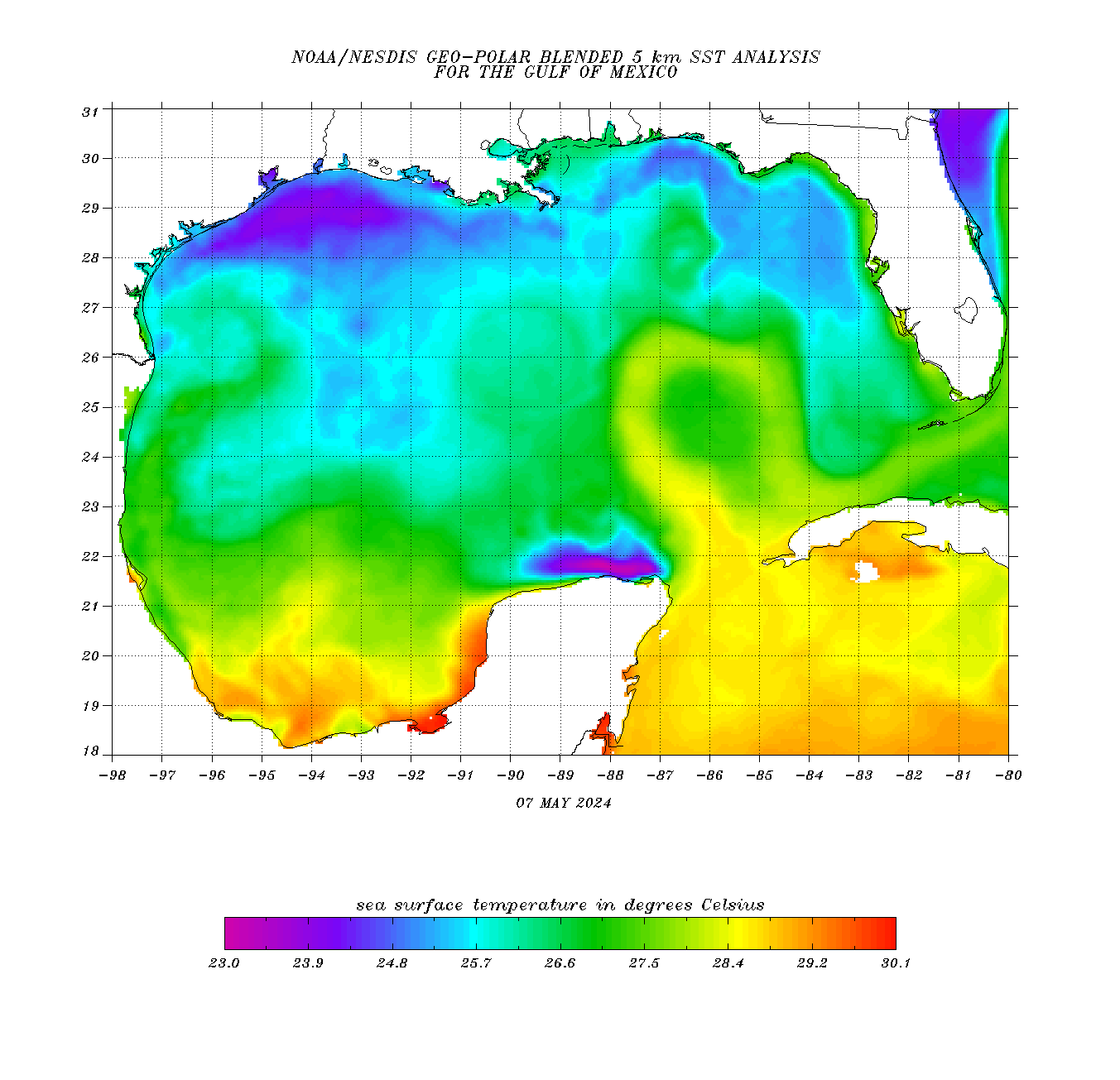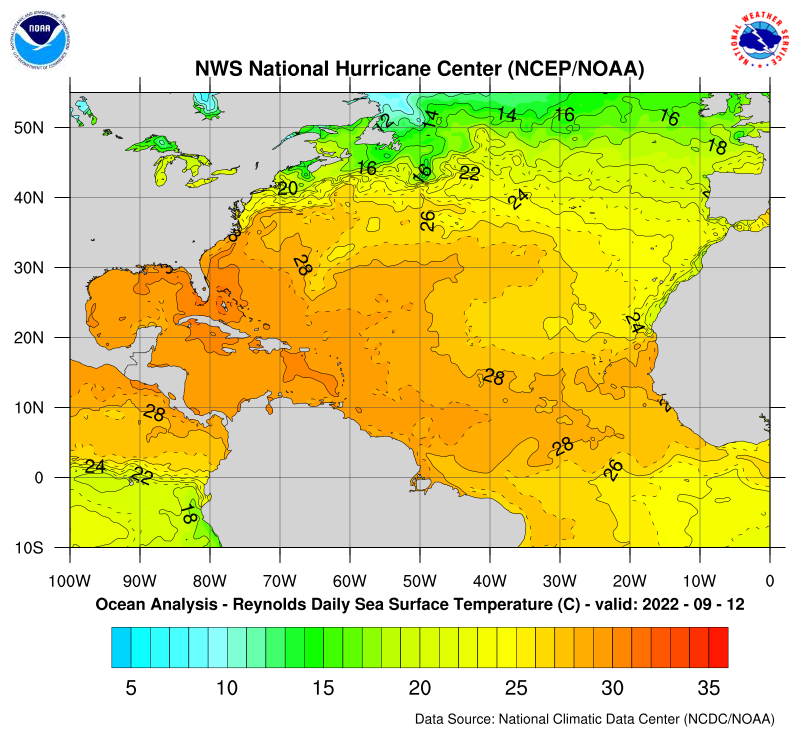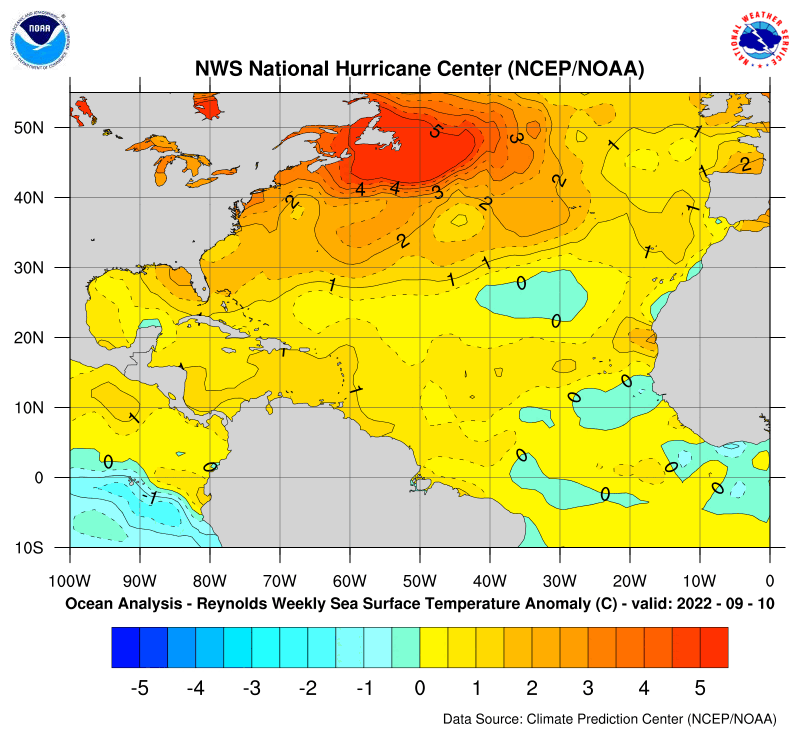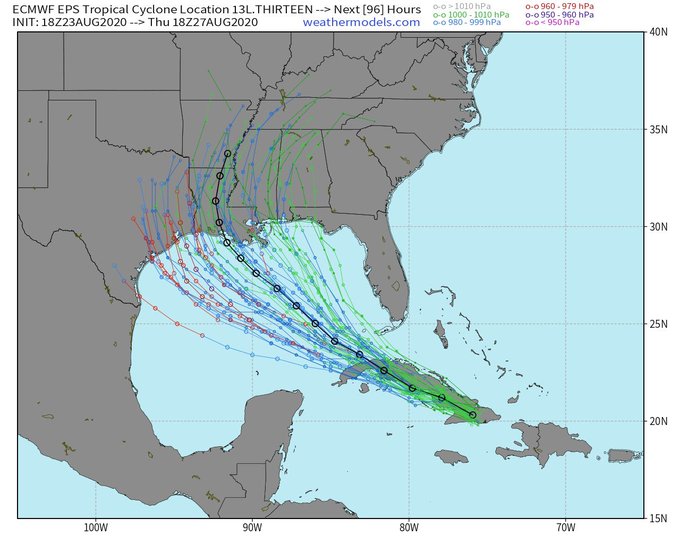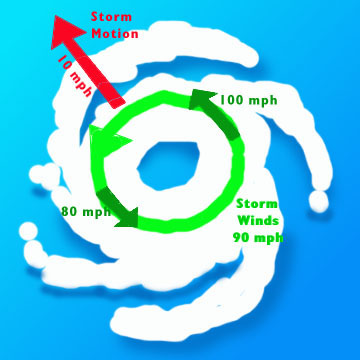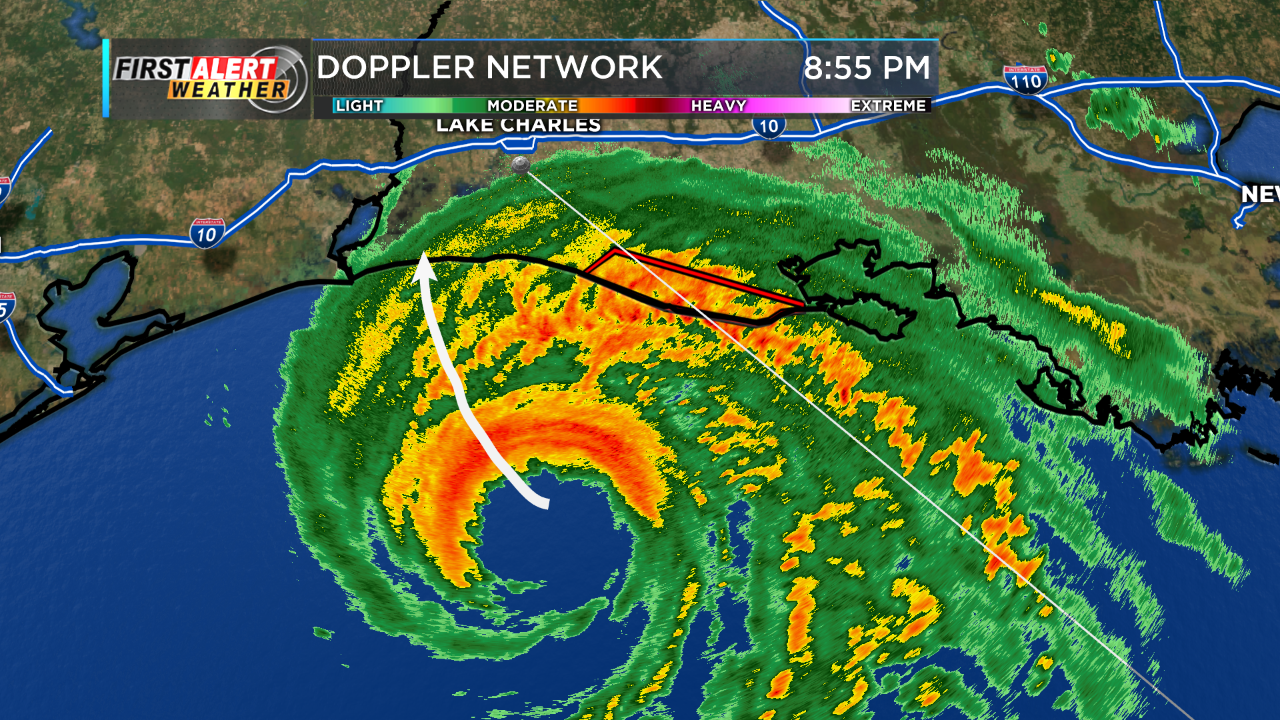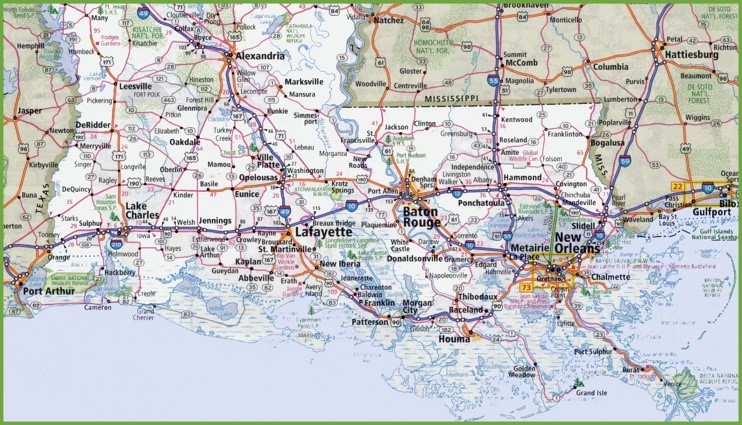When is the last time that two tropical cyclones in the Gulf of Mexico simultaneously directly affected the United States mainland?
September 4, 1933
- Hurricane 8 (landfall in deep South Texas as a major hurricane)
- Hurricane 11 (Hurricane 11 weakened to a tropical storm after crossing the Florida Peninsula and briefly entered the Gulf of Mexico near Cedar Key, Florida)
- Overlap was very brief, about 4 hours
There was one more recent case in 1974 where a tropical depression and subtropical storm occurred at the same time: June 24-25, 1974
- Tropical Depression 1 (formed in Bay of Campeche)
- Subtropical Storm 1 (rapidly moved west-to-east toward, and eventually across, the Florida Peninsula)
- Overlap was about 12 hours (18Z 24 Jun 1974 to 06Z 25 Jun 1974)
Were there any other near misses in the recent past?
Yes, two in the satellite era. In 2004, Tropical Storm Bonnie made landfall in the Florida Panhandle about 16 hours before Hurricane Charley emerged into the Gulf after passing over Cuba. In 1971, Fern made landfall as a tropical storm in Texas about 24 hours before Edith emerged into the Bay of Campeche as a tropical storm after crossing the Yucatan Peninsula.
Has there ever been two hurricanes that make landfall in the mainland U.S. within days of each other?
Yes, although rare, there have been 10 instances of the United States having hurricane landfalls within 5 days of each other. (1869, 1879, 1893, 1903, 1933, 1940, 1949, 1960, 2004, 2005)
In 1933, Hurricanes #8 and #11 (storms were not named then) made landfall within one day of each other, striking Texas and Florida.

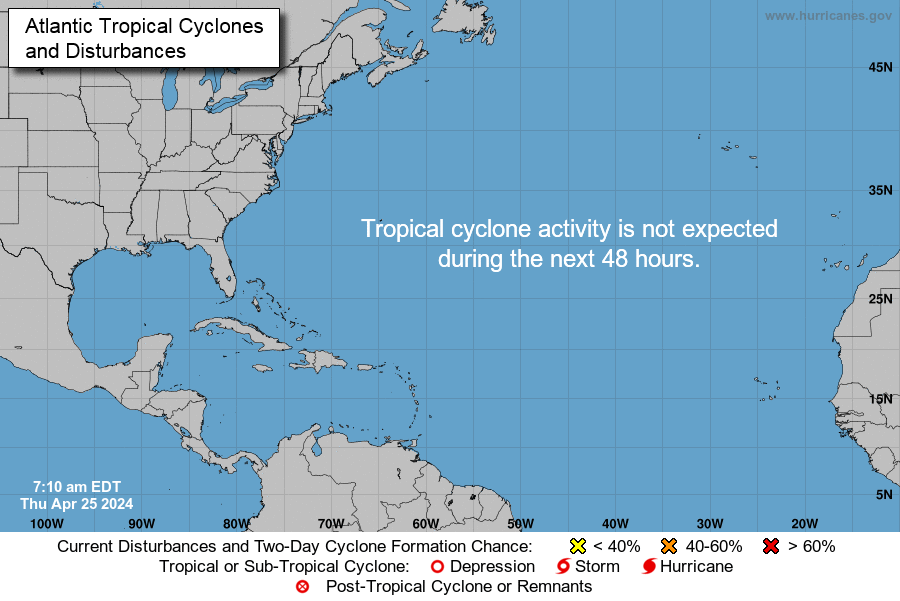


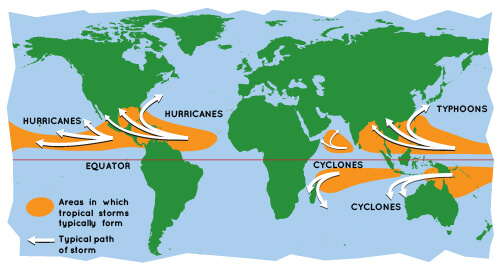
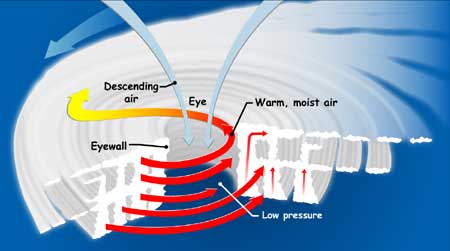
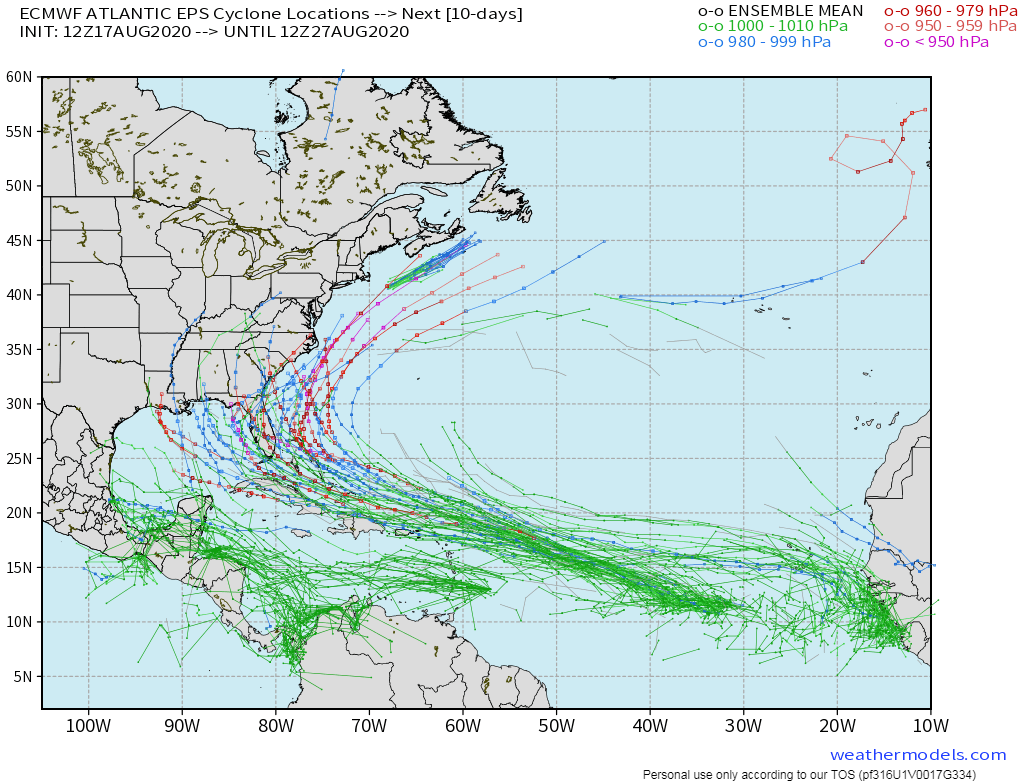
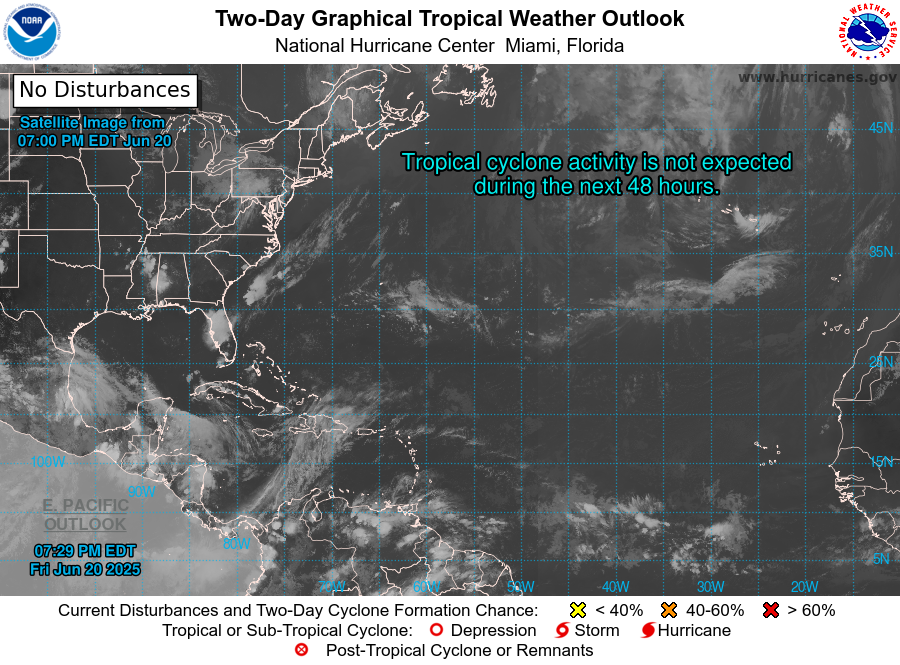

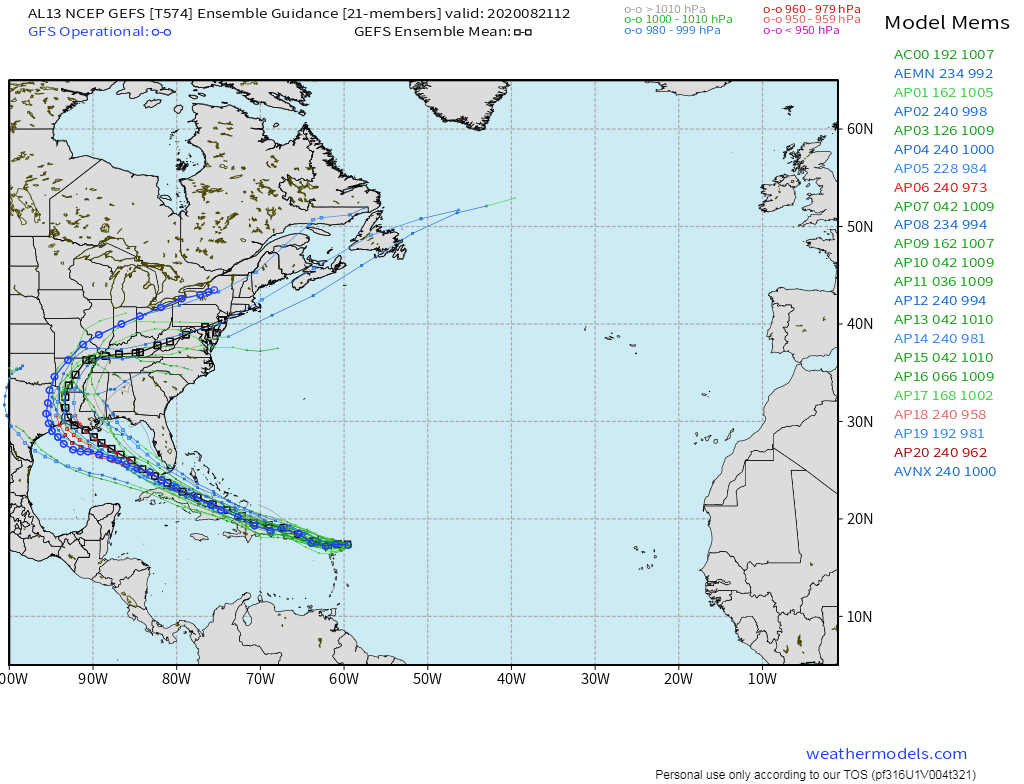
:strip_exif(true):strip_icc(true):no_upscale(true):quality(65)/cloudfront-us-east-1.images.arcpublishing.com/gmg/2AQXPEC6D5DQZI5USKMSZHLAL4.PNG)
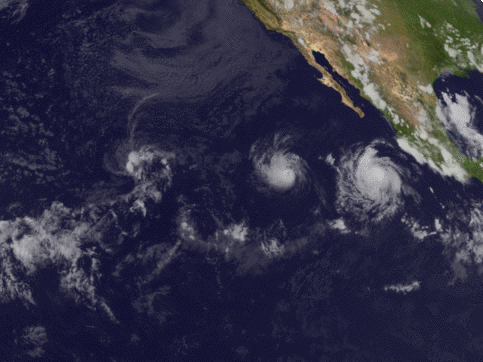
![[Key Messages]](https://www.nhc.noaa.gov/storm_graphics/AT14/refresh/AL142020_key_messages+png/145755_key_messages_sm.png)
![[Key Messages]](https://www.nhc.noaa.gov/storm_graphics/AT13/refresh/AL132020_key_messages+png/144355_key_messages_sm.png)
